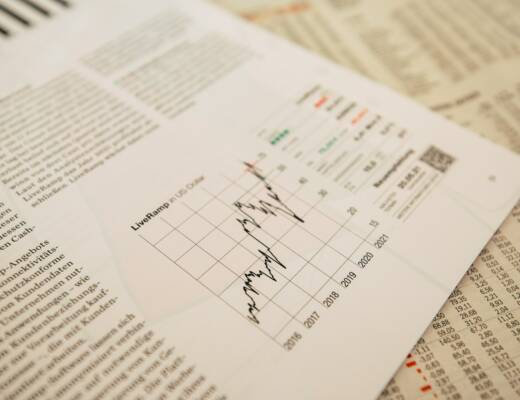Impact on New York’s Housing Landscape
The continued increases come at a challenging time for many New Yorkers already struggling with the city’s high cost of living. Rent-stabilized apartments have traditionally served as a critical housing resource for middle and lower-income residents, offering protection from the steep rent increases common in the unregulated market. Housing advocates express concern that consecutive years of approved increases are gradually eroding the affordability advantage these units once provided. For many tenants, particularly those on fixed incomes, each percentage increase represents a significant financial burden. The rent-stabilized system covers buildings constructed before 1974 with six or more units, as well as newer buildings that received specific tax benefits. While these apartments remain more affordable than market-rate units, the gap has narrowed with each successive rent increase.Regulatory Framework and Decision Process
The New York City Rent Guidelines Board determines the allowable rent increases for stabilized units annually. The board weighs various economic factors, including:- Operating costs for building owners
- The city’s overall economic conditions
- Affordability concerns for tenants
- Maintenance requirements for aging housing stock






